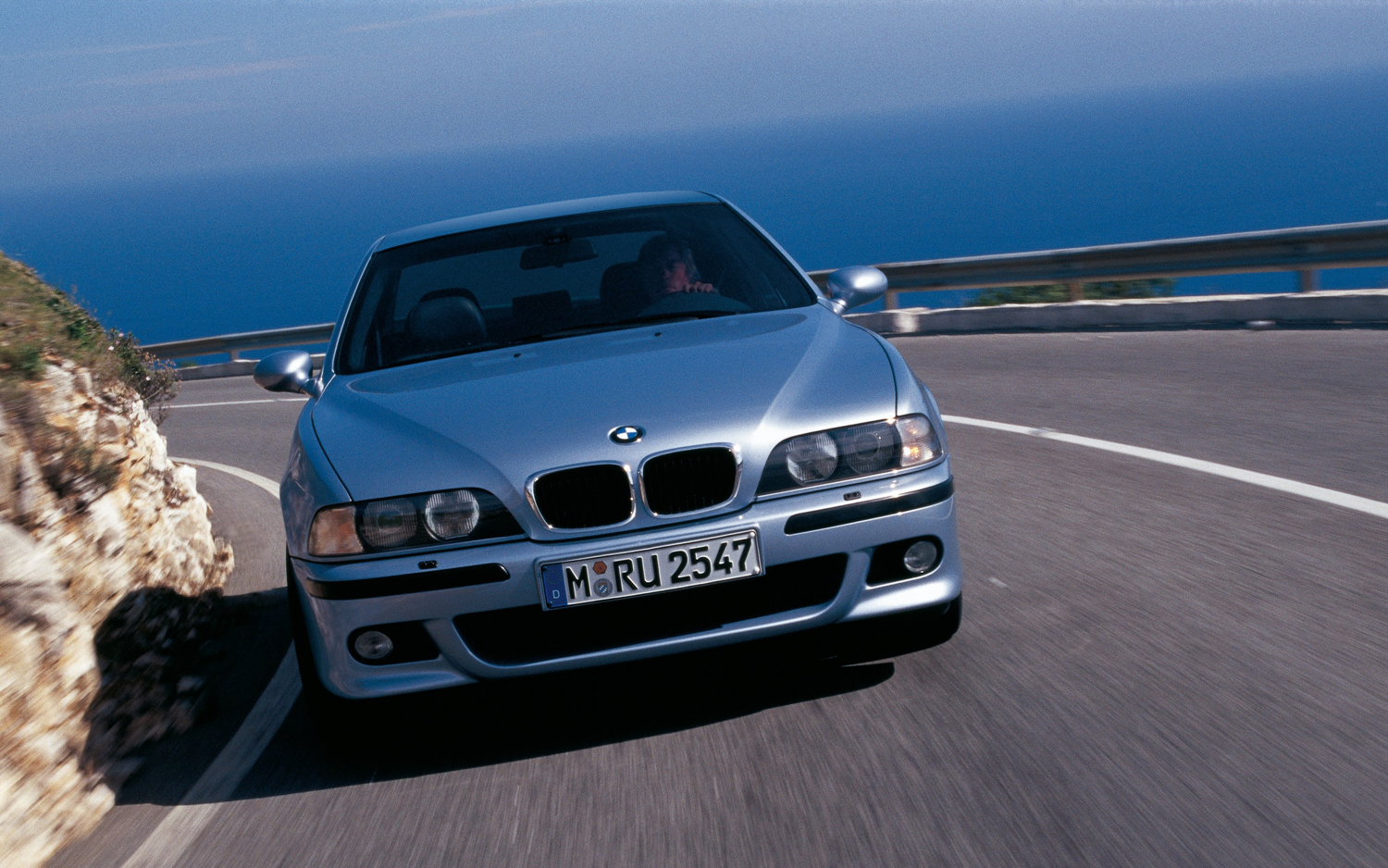There’s much hubbub lately, about the new BMW M5 possibly being all-wheel drive. “First it went turbocharged, now AWD, BMW is blaspheming!” enthusiasts will cry. Unfortunately for them, time moves on and things must change to stay relevant. It’s the way of the world, I’m afraid. But the reason enthusiasts are so unhappy with recent changes to BMW’s introduction of new technologies to the M5 is how much they miss the older cars. Specifically, the E39 M5. And I’m not so sure I blame them.
The E39 M5 debuted at the Geneva Motor Show in 1998 and has won over the hearts of enthusiasts ever since. Many regard it to be the finest “saloon” chassis of all time. It’s almost exclusively regarded as the greatest M5 of all time. It’s not hard to see why either. The E39 M5 looked fantastic, was comfortable, handling superbly and was extremely fast. Oh, and it also came with something called a 6-Speed manual. Apparently enthusiasts really like that.
The standard E39 5 Series was already a great car. But for M5 duty, BMW replaced many of the chassis components with aluminum ones, which made the chassis both lighter and stiffer. It also had thicker anti-roll bars, steel ball joints (as opposed to rubber and steel) and different shock valving, all to create a tighter overall feel than the standard 5er.
But the real business is with the engine. BMW took used the basics of its 4.4 liter engine and bumped it up to 5.0 liters (BMW says 5, but it’s really 4.9), giving it 400 hp and 369 lb-ft of torque (500 Nm), and a 7,000 rpm redline. Mated to a 6-Speed manual and a limited-slip differential, the M5 was a monster. A monster that can hit 60 mph in 4.7 seconds. A car that could hit 60 in under 5.0 seconds in 1998 was bordering on supercar performance. Certain Ferraris of the time weren’t doing it much faster. That’s blisteringly fast, and even by today’s standards, for a luxury sedan.
That is ultimately what the M5 started out as, a luxury sedan. A quite heavy one at that. And BMW was able to turn it into a hardcore, performance monster. Because despite weighing 4,026 lbs lbs, the E39 M5 could properly handle. It could run rings around the comparable E55 AMG Mercedes or Audi RS6. The M5 could hang with the best sports cars of the day on a track. That’s not gone, though. New M5s can do the same. The difference is that the E39 felt pure and mechanical. It had excellent steering feel and the engine noise actually came from the engine, not speakers. The handling and purity of the E39 M5 is what’s missed most about it.
The E39 has been immortalized as the finest of its kind of all time. Regardless of how fast or high-performance new M5s will get, or even how good they may actually be, I’d have to agree with the purists. The current M5 really is a fantastic car, and probably best in class at the moment. I have nothing against it, in fact I like it very much. But if both sets of keys, of the current M5 and the E39 M5, were presented to me, I wouldn’t even think about it. I’d grab the E39’s and never look back.






































































